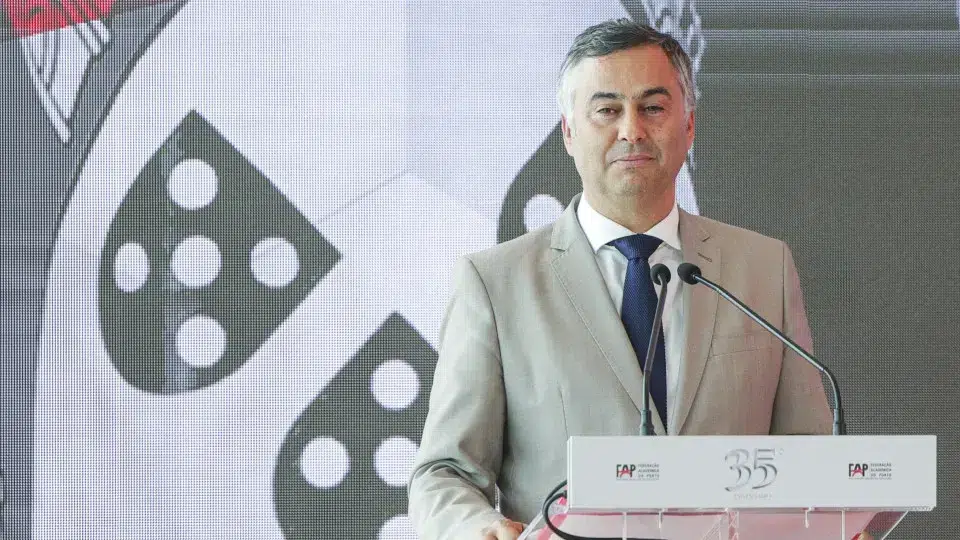
The local government of Maia, located in the Porto district, clarified in a statement that a situation led to “the retention of sludge in this process, which ended up being released where only treated water should discharge, contributing to the alteration of the final effluent quality.”
The purge valve is described in a press release by Maia’s city council as a component that removes or expels air, gases, or other contaminants from the system, ensuring its proper functioning. It assures that “at no point did a sewage ‘bypass’ to the Leça river occur, as no raw effluent discharge took place.”
“What was directed [to the Leça river] corresponds to pre-treated final effluent,” emphasizes the statement.
Following the anomaly, various maneuvers were conducted on the secondary decanters to determine its origin. A malfunction in one of the purge valves was confirmed, after which the situation was “immediately reported by Maia’s Municipal Services, the managing entity of the Wastewater Treatment Plant (ETAR), to the national water authority, with every effort made to resolve it as a matter of urgency.”
The work to resume these systems’ operation began at 8:30 a.m. today, the statement further reads.
The municipality informs that the valve “will be replaced” and that while technical interventions necessary to repair the malfunction are underway, “coagulant and antifoam are being added to the treatment process to minimize impacts and ensure the best possible quality of the final effluent.”
The Leça river originates in Santo Tirso and spans 48 kilometers, passing through the municipalities of Valongo, Maia, and Matosinhos, where it flows into the Atlantic Ocean.




